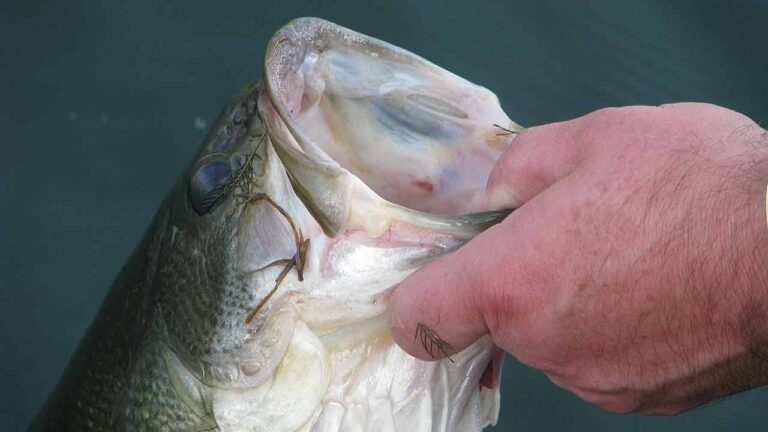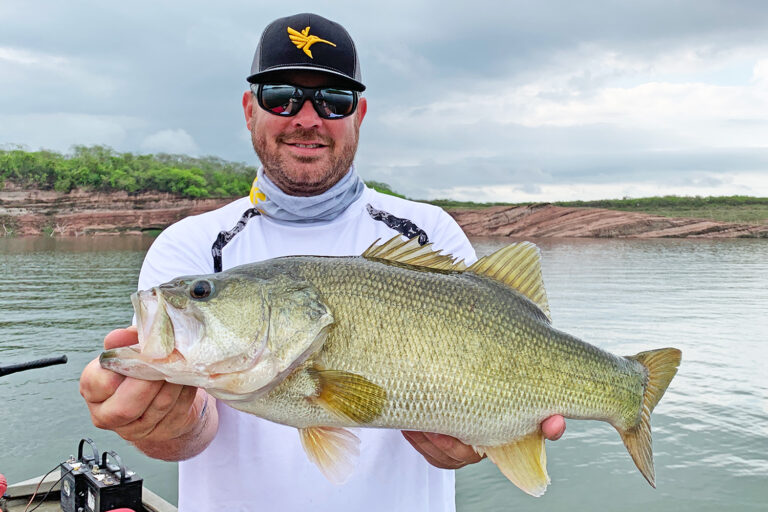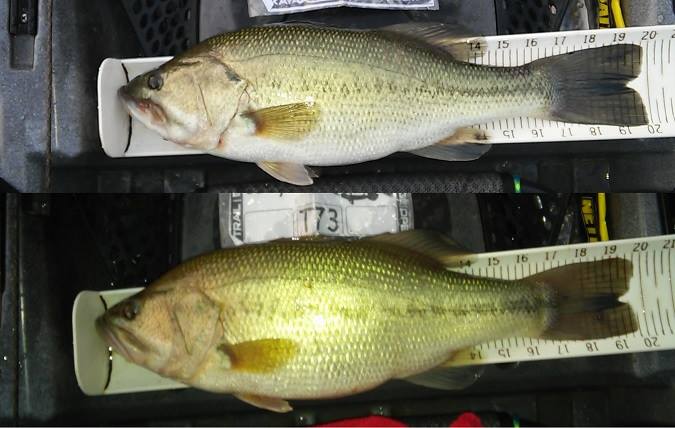How to Fillet Smallmouth Bass
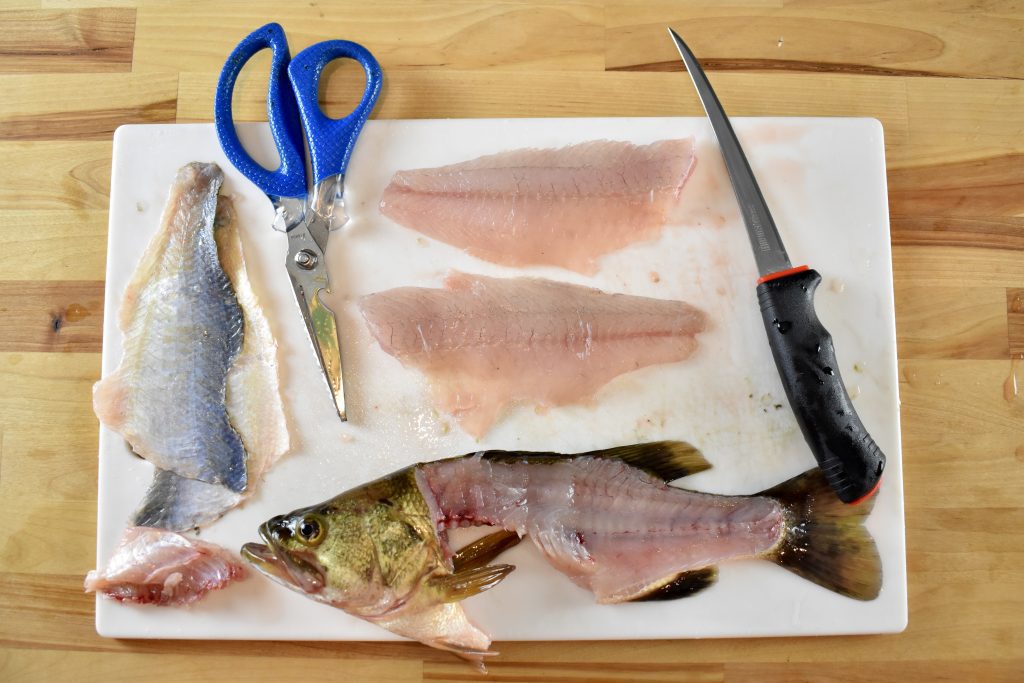
To fillet a smallmouth bass, first scale and gut the fish, then make angled cuts behind its gills and along the backbone. Remove the fillet by slicing from the tail end to the head, staying close to the bone.
Fishing enthusiasts often relish the challenge of catching a smallmouth bass, one of the most sought-after freshwater game fish. Known for its spirited fight and delectable taste, the smallmouth bass is a favorite among anglers and culinary aficionados alike. Preparing your catch for a mouthwatering meal involves mastering the art of filleting.
This skill not only maximizes the meat you can enjoy but also ensures a more satisfying cooking and dining experience. With a sharp fillet knife in hand and an understanding of the fish’s anatomy, you can turn your fresh catch into a delicious filet—perfect for a grilled, pan-fried, or oven-baked dish that celebrates your fishing success.
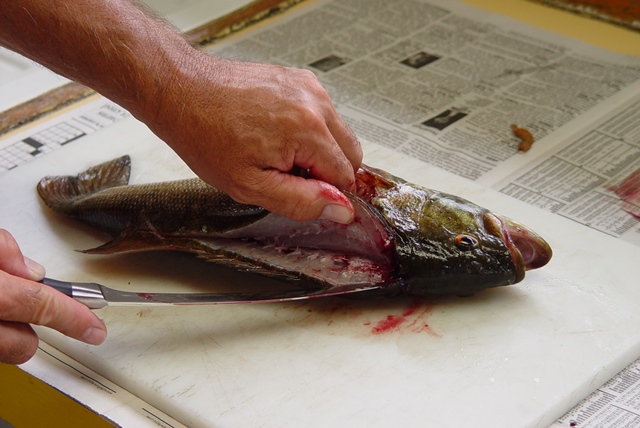
Credit: onthelake.net
Introduction To Smallmouth Bass
Smallmouth Bass thrill anglers with their fighting spirit. They live in clear, cool waters. Lakes and streams are their homes. Fishing techniques for these fish vary. Using live bait works well. Lures mimic their prey too. Many enjoy the sport in summer months.
Fillet skills elevate the culinary experience. Smallmouth Bass taste delicious. The flesh is firm yet tender. Cooking options are vast. Grilling and frying are popular. The meat has a mild flavor, a hit in many recipes. Seasonings enhance its taste.”>
Preparation Before Filleting
Before starting, make sure to have the proper tools. A sharp filleting knife, a cutting board, and protective gloves are essential. Keep these tools clean and ready.
For your catch, maintaining optimal freshness is crucial. Use a cooler with ice to store the smallmouth bass immediately after catching it. This step ensures the fish remains fresh until you’re ready to fillet.
Step-by-step Filleting Process
Filleting a smallmouth bass requires precision and care. To start, make sure to lay the bass flat on a sturdy surface. Ensure the fish is belly-down and its head is towards you. For the initial cuts, generate a diagonal incision behind the gills. Slide the knife along the top, removing scales as you go. This should reveal the fish’s rib cage.
To separate the fillet from the spine, insert the knife at the tail. Stay close to the spine. Use smooth motions to slice meat from bones. Remember to move from tail to head. For skinning, place the fillet skin-side down. Gently work the knife between the skin and meat, sawing horizontally. Take your time and preserve as much meat as possible. The final touches include trimming off any excess fat and making sure no bones are left in the fillet.

Credit: www.youtube.com
Post-filleting Actions
Maintaining a clean work area is crucial after you’ve filleted your smallmouth bass. Scales, bones, and fish remains can attract pests and leave behind foul odors if not handled properly. Use a mixture of hot water and antibacterial soap to scrub down surfaces. Don’t forget to cleanse cutting boards and knives to prevent cross-contamination with other foods.
Dispose of fish remains responsibly. Double-bag remains using sturdy plastic bags to prevent leakage. Check local regulations about disposal in trash receptacles or composts. Some areas may allow remains to be returned to the water, which can provide food for other aquatic wildlife.
Cooking Tips For Smallmouth Bass Fillets
Smallmouth Bass fillets gain incredible flavor through marinating. Create a mix of your favorite herbs, acids, and oils. Let the fillets soak for at least 30 minutes. This step ensures a rich taste after cooking.
For those who love variety, grilling or baking are excellent methods. Ensure your grill is hot to avoid sticking. A preheated oven at 350 degrees Fahrenheit works best for baking. Cook until the flesh is opaque and flakes easily.
| Method | Cook Time | Temperature |
|---|---|---|
| Grilling | 4-5 minutes each side | Medium-High |
| Baking | 10-12 minutes | 350°F |
To elevate your meal, consider pairing with light sides. Crisp vegetables or a tangy slaw complement the fish. Don’t forget a squeeze of fresh lemon for that zesty kick!
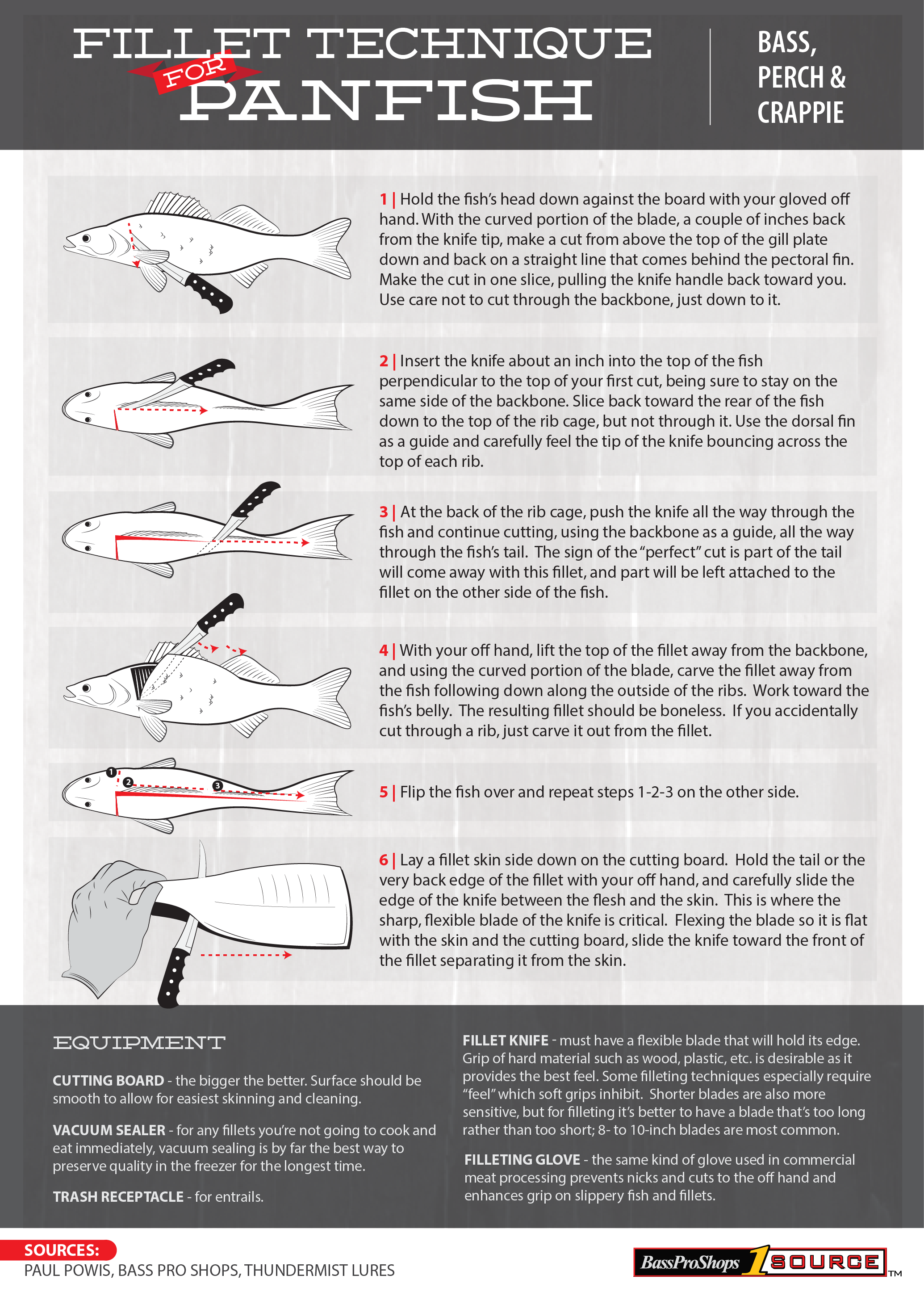
Credit: 1source.basspro.com
Common Pitfalls And How To Avoid Them
Expertly filleting smallmouth bass ensures a bone-free meal. A common mistake is overlooking small bones. Using a sharp, flexible knife is crucial. Glide the knife along the spine, feeling for resistance. Resist cutting through hard parts. Cross-sectional cuts nearby the head might leave bones. Open flesh gently to check for missed bones. Proper technique minimizes unwanted bones.
To avoid overcooking smallmouth bass, watch the fish closely as it cooks. High heat cooks fish fast. Smaller fillets need less time. Test doneness with a fork; the flesh should be opaque and flake easily. Pull it off the heat just before it looks fully cooked; it’ll continue to cook slightly from residual heat.
For maintaining moisture and flavor, marinate fillets before cooking. A simple marinade combines oil, lemon, and herbs. Foil-wrapping keeps fillets juicy. Baking or grilling treasures the fish’s natural taste. Always avoid long exposure to heat. Cook only until the fish is opaque.
Frequently Asked Questions For How To Fillet Smallmouth Bass
How Do You Cut Smallmouth Bass?
Begin by descaling the smallmouth bass. Make a shallow incision along the belly. Remove the entrails and rinse the cavity. Slice from the tail to the head to separate fillets. Trim off any remaining bones.
What’s The Easiest Way To Fillet A Bass?
To easily fillet a bass, first, make sure to sharpen your fillet knife. Then, make an incision behind the gills, slice along the backbone, and remove the skin. Trim off any bones left for a clean fillet.
What Is The Best Technique For Smallmouth Bass?
The best technique for catching smallmouth bass is using light tackle with natural-looking lures or live bait in clear, rocky water areas. Cast near structures and vary retrieval speeds for optimal results.
How Do You Clean Smallmouth?
Clean smallmouth bass by first descaling with a knife, then gutting and removing the entrails. Rinse the fish thoroughly in cold water to remove any remaining debris or blood.
Conclusion
Mastering the art of filleting smallmouth bass rewards you with delicious, boneless feasts. Embrace this skill, and you’ll enjoy sumptuous meals every fishing trip. Keep practicing, stay patient, and your technique will surely flourish. Here’s to clean cuts and savory culinary adventures ahead!
